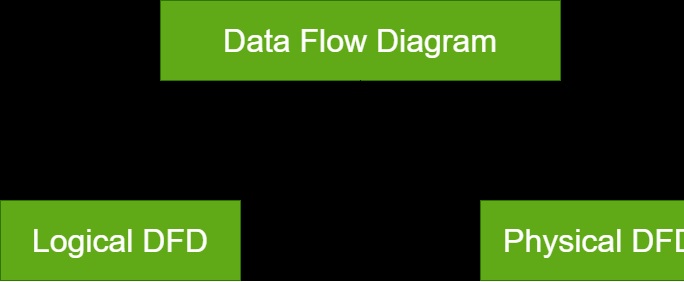Top Advantages of Diagramming in Data Presentation

In the display of statistical data, diagrams are pretty helpful. Diagrams are geometrical figures such as lines, bars, circles, squares, and so on. Data can be presented in a diagrammatic format to make it easier to grasp. You may create such diagrams; use diagramming tools that are available online to make your work easier.
Diagramming tools will make your experience creating flowcharts, process maps, network diagrams, and many other kinds of diagrams easy to draw and more efficient.
Listed below are some of the advantages of using diagrams in data presentation.
- They make the data simple and easy to understand
Diagrams and graphs effectively display facts in a way that everybody can understand.
As a result, the easiest option to simplify complicated facts is to use diagrams and graphs. Diagrams are generally appealing and stunning, and they are commonly used in newspapers and publications to illustrate specific facts or occurrences.
- Diagrams get widely used in modern-day advertising efforts.
They portray an attractive presentation. Diagramming allows one to present complex data and information pleasantly and appealingly via diagrams and graphs, which have an appealing visual effect. As a result, viewers get effortlessly drawn to diagrammatic and graphical representations of data. Therefore, for better data representation and to keep your audience hooked to your presentation, you incorporate diagrams in your data presentation.
- They help in data comparison.
Diagrams and graphs highly facilitate comparison. Diagrams and graphs aid in the comparison and analysis of data from many sources. That will make your presentation easier and better to understand.
- It is time and energy-saving.
Graphs and diagrams get created to make challenging data more intelligible to the general public. They are appealing and simple to comprehend, and as a result, they assist in saving time and effort in understanding the presentation.
- They help in decision-making.
Graphs and diagrams give real-time data on historical trends, which aids the organization’s future planning and decision-making.
- They offer simplified presentation and reveal hidden facts
Diagrams may get used to depict enormous amounts of complex data simply and understandably. They also show information that may get otherwise concealed. Some facts get hidden when data is classified and tabulated. The use of diagrammatic data presentation aids in the display of these facts and relationships.
- They get accepted in most organizations.
Diagrams get used in almost every subject of study, including business, economics, social structures, administration, and so on. As a result, they are universally acceptable.
- They enhance a firm’s goodwill.
A visually appealing report with diagrams and graphs can assist in boosting the firm’s goodwill and reputation. That is necessary for the firm to help generate leads and traffic.
- They offer references
For various research and studies, diagrams and graphs can get utilized as a source of reference.
- They help retain the attention of the audience.
Colorful presentations that attract the eye might imply the difference between listeners receiving your knowledge or dismissing your notion in the bright and sparkling world of desktop publishing. A presentation that extensively relies on diagrams may keep your audience’s attention by providing them with something interesting to look at while also helping them to absorb the material indigestible, remembered pieces. A diagram may also help you reduce your lesson plan or presentation into simple principles, making it easier for your listeners or students to understand.









